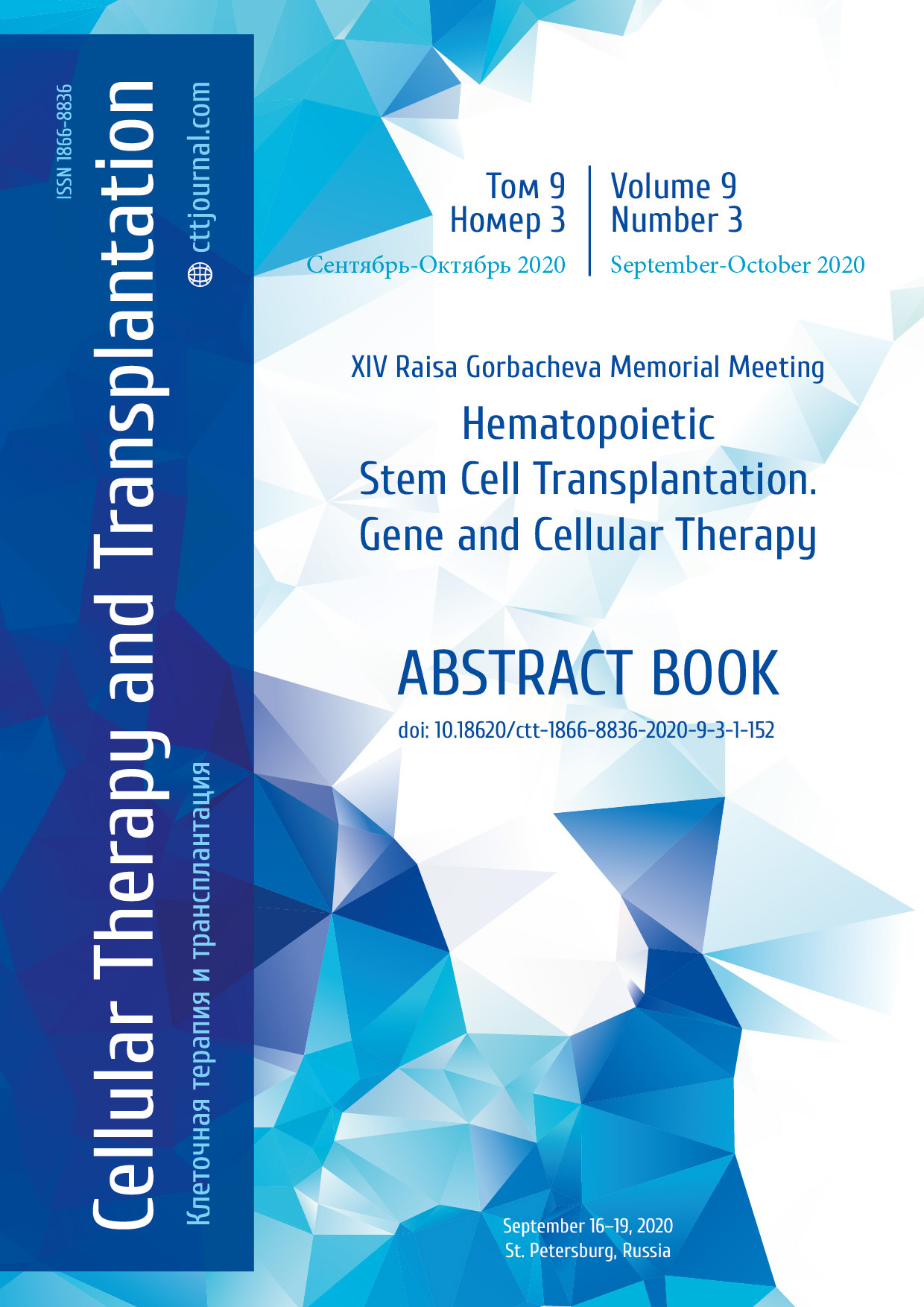CM-07. Radiation therapy in cutaneous form of Rosai-Dorfman disease. Case report
Vsevolod G. Potapenko1,2, Irena E. Belousova3, Julia N. Vinogradova4, Karina A. Kelehsaeva4, Andrei M. Ulitin4, Nikolaj V. Ilyin4, Irina O. Smirnova6, Yanina G. Petunova5,6
1 Municipal Clinical Hospital No. 31, St. Petersburg, Russia
2 Pavlov University, St. Petersburg, Russia
3 Military Medical Academy named after S. M. Kirov, St. Petersburg, Russia
4 AM Granov Russian Research Centre of Radiology and Surgery Technologies, St. Petersburg, Russia
5 Saint Petersburg Municipal hospital of venerological and skin diseases, St. Petersburg, Russia
6 Saint Petersburg State University, St. Petersburg, Russia
Contact: Dr. Vsevolod G. Potapenko, e-mail: potapenko.vsevolod@mail.ru
Summary
Introduction
Rosai-Dorfman disease (RDD) is a rare variant of the nonlangergans histiocytosis. Various presentations and limited publications make diagnostics and prompt management difficult. Our aim was to present a patient with cutaneous form of Rosai-Dorfman disease.
Case description
The patient is a 56 y.o male. In October 2020 he noticed a tumour in the left temporal area. After 3 weeks the tumor was removed. Histological analysis revealed fibroadipose tissue with chronic inflammation and granulation. During the next two weeks the tumour recurred within the post-operative scar. It was associated with papular rash on the left face and scalp. The review of the specimen revealed diffuse dermal infiltration with large histiocytes (Fig. 1). They expressed S100 (Fig. 2), CD163 (Fig. 3) and were negative to XIIIa, CD1a, CD123. Some of the S100+ histiocytes showed emperiopolesis (Fig. 4). Histological changes and immunophenotype of the histiocytic cells confirmed the Rosai-Dorfman disease. By March 2020 the tumour reached the size of 4×4 cm and was associated with a papulo-nodular rash on the forehead, buccal, mandibular and scalp areas (Fig. 5). No other tumors were found during investigation. In April 2020 the radiation course was conducted on the neck, left buccal, forehead, mandibular and scalp areas. Fast electrons were used on the accelerator “ELekta infinity”, radiation energy 4 MeV, static regimen. Single dose 2 Gr, total dose 36 Gr. Tolerance of the irradiation was good. One month following a radiotherapy course there was a partial regress of the rash, shrinking of the tumor and temporal region skin pigmentation (Fig. 6).

Conclusion
Radiation therapy as a second line of treatment of the skin RDD led to a stable response.
Keywords
Rosai-Dorfman disease, irradiation, histiocytosis, emperiopolesis.


